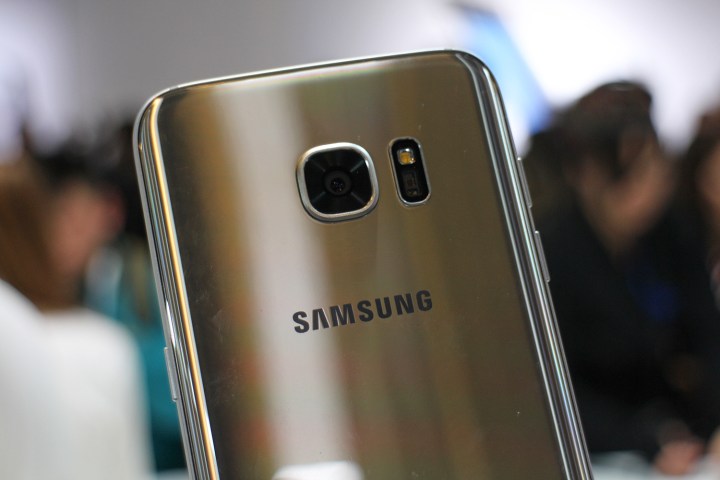
Updated on 03-02-2016 by Robert Nazarian: Added in new information regarding Samsung’s option to move apps to the MicroSD card.
Now that devices are being shipped, we are learning more about how Samsung is treating apps in regards to storage. While it’s still true that the Galaxy S7 and S7 Edge don’t use Google’s adoptable storage system, Samsung did add an option to move apps to the MicroSD card.
After testing the feature, Droid-life found that all non-system apps can be moved to external storage very easily. While this was only seen on a Galaxy S7, we can only presume the same feature will also be on the S7 Edge since the software is nearly identical.
This is good news for Galaxy S7 and S7 Edge owners, but it’s still unclear whether LG added a similar option on the G5.
Adoptable storage was introduced with Android Marshmallow, and it makes the SD card part of the overall internal storage. In past renditions of Android, the SD card was seen as external storage, as in separate from the device’s internal storage. With Android Marshmallow, the internal storage and the SD card is seen as one block of storage. There is no way to separate the two.
The advantage to adoptable storage is that all files, including apps, can be installed on the card since it’s recognized as part of the internal storage.
However, both Samsung and LG decided to keep the older system, which means that you won’t be able to install apps on the MicroSD card. You will be able to store music, pictures, videos, and other files on it though.
Samsung’s reasoning (and we presume LG’s) is that the newer system is confusing. Under Marshmallow, a MicroSD card needs to be formatted on the device in order to be used. Since it becomes part of the overall storage, it gets encrypted, which makes it’s more secure. That’s a huge plus, but the downside is that you can’t freely remove the card and use it on another device or computer. It will only work in the device that formatted it, and it’s useless when removed.
Pre-order the Galaxy S7 at: Samsung, AT&T, T-Mobile, Sprint, Verizon
Up to this point, consumers familiar with using MicroSD cards are used to moving them from phone to phone or inserting them into a computer for easier file transfers. Both Samsung and LG wanted to continue this trend, so they nixed Google’s adoptable storage in favor of the older system.
This could prove to be less confusing, but some consumers might run into trouble. The Galaxy S7, S7 Edge, and G5 will come with 32GB of built-in internal storage, at least in the U.S. Samsung’s devices accept MicroSD cards up to 200GB, while the G5 accepts up to 2TB, that is if you can find one that big. All three phones offer plenty of additional storage for music, photos, and videos, but apps can only be installed on the built-in storage.
We don’t know for certain how much usable storage there will be on each device, but we suspect it’ll be about 23GB. This should be enough for most people, but gamers need to be aware. Many of the newer, graphic intense games are upwards of 1 to 2GB, which could easily eat through that storage in a hurry. Assuming all music, photos, and videos are stored on a MicroSD slot, most gamers should still be able to get by though. The worse case scenario would be the need to periodically delete older games that are no longer played.
It remains to be seen if Samsung and LG made the right decision here, but it’s just another example of manufacturers going against Google’s vision of Android.
This article was originally published on February 23, 2016.



